Dining out should feel like a treat, but some dishes drain your wallet without delivering true satisfaction. From glittering gold-leaf steaks to truffle oil pasta that smells luxurious but tastes artificial, many “fancy” menu items are more about flash than flavor. Experts warn that these overpriced dishes often hide behind prestige, fooling diners into paying sky-high prices for mediocre meals. Why waste your hard-earned cash on culinary letdowns when you could order something truly memorable instead? Before you let your eyes and Instagram dreams guide your next splurge, see which restaurant dishes experts say you should skip without regret.
1. Truffle Oil Pasta: The Artificial Luxury Trap
Most restaurants serve pasta drizzled with synthetic truffle oil instead of actual truffles. This chemical concoction mimics truffle aroma but lacks the complex flavor profile of the real fungus.
Chefs admit this kitchen shortcut allows restaurants to charge gourmet prices for what’s essentially regular pasta with artificial flavoring. The manufacturing process involves adding 2,4-dithiapentane to neutral oil – creating a harsh, one-dimensional taste experience.
For authentic truffle flavor, look for seasonal specials where restaurants shave fresh truffles tableside. You’ll pay more, but you’re getting the genuine article rather than paying luxury prices for laboratory-created imposters.
2. Gold Leaf Steak: Paying for Bling, Not Flavor
Gold leaf has become the ultimate symbol of culinary extravagance, especially on steaks. Restaurants charge hundreds or even thousands of dollars for meat wrapped in 24-karat gold sheets that add zero flavor or nutritional value.
The edible gold is tasteless, odorless, and passes through your digestive system unchanged. Culinary experts point out that this decoration costs restaurants about $15-$25 per dish while they might charge $200+ extra for the visual spectacle.
Your money is better spent on higher-quality meat, expert preparation, or exceptional side dishes that actually contribute to the meal’s taste rather than its Instagram potential.
3. Lobster Mac and Cheese: The Seafood Swindle
Restaurant kitchens often hide tiny bits of low-quality lobster in creamy pasta to justify astronomical price tags. What arrives at your table typically contains more cheese sauce than seafood, with the lobster’s delicate flavor completely overwhelmed.
Many establishments use frozen lobster meat or even imitation seafood in this dish. The rich, heavy cheese sauce serves a dual purpose – it’s both a crowd-pleaser and conveniently masks the scarcity of actual shellfish.
For a more satisfying lobster experience, order it grilled, steamed, or in a simple roll where the seafood remains the star. You’ll appreciate the sweet, tender meat that you’re actually paying for.
4. Truffle Fries: The Flavor Fakery Upcharge
Remember those regular french fries? Add a spritz of synthetic truffle oil and suddenly they’re “gourmet” with a price tag three times higher! The restaurant industry’s worst-kept secret is that most truffle fries contain zero actual truffles.
Food scientists explain that artificial truffle flavoring contains sulfur compounds that provide an initial aromatic punch but quickly fade, leaving behind an unpleasant aftertaste. Many chefs privately admit they dislike working with these chemical products.
Want truly special fries? Look for versions seasoned with quality ingredients like fresh herbs, aged cheeses, or house-made spice blends that don’t rely on artificial flavor shortcuts.
5. Caesar Salad: The Simple Salad with a Fancy Price
That $16 Caesar salad? It costs the restaurant about $2 to make. Romaine lettuce ranks among the least expensive greens, while mass-produced dressing and factory-made croutons further reduce costs for the establishment.
Historically a tableside preparation with fresh ingredients, today’s Caesar is typically assembled from pre-made components. The theatrical element that once justified the price has disappeared, but the premium cost remains.
If you crave a truly worthy salad, look for options featuring seasonal produce, house-made dressings, or premium proteins. These alternatives offer genuine value rather than capitalizing on a familiar name with budget ingredients.
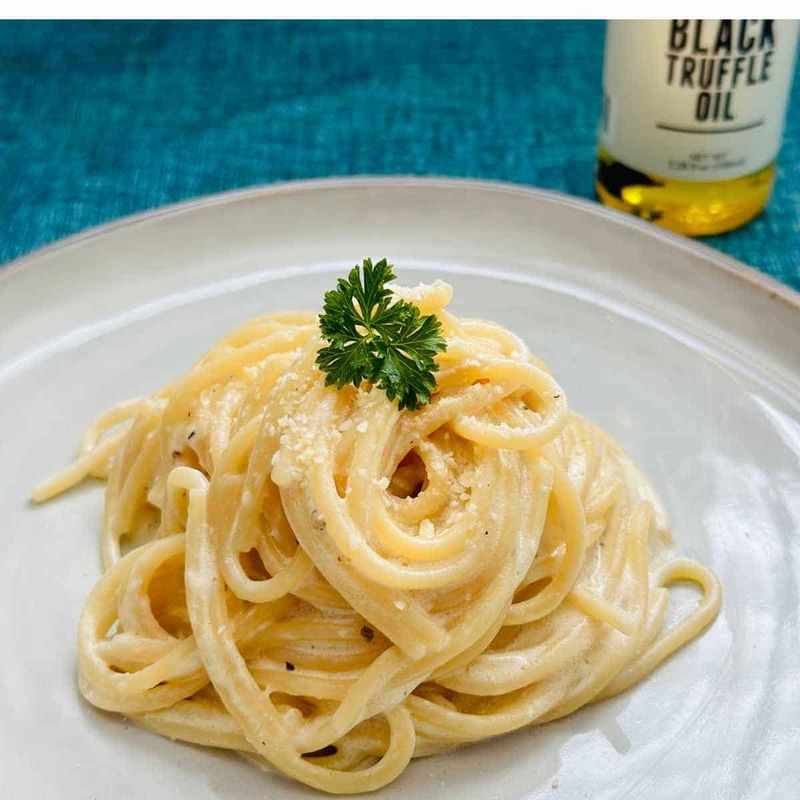
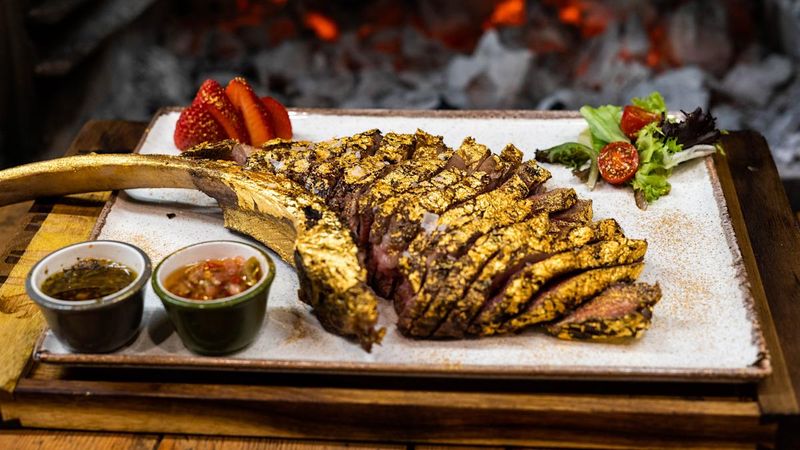
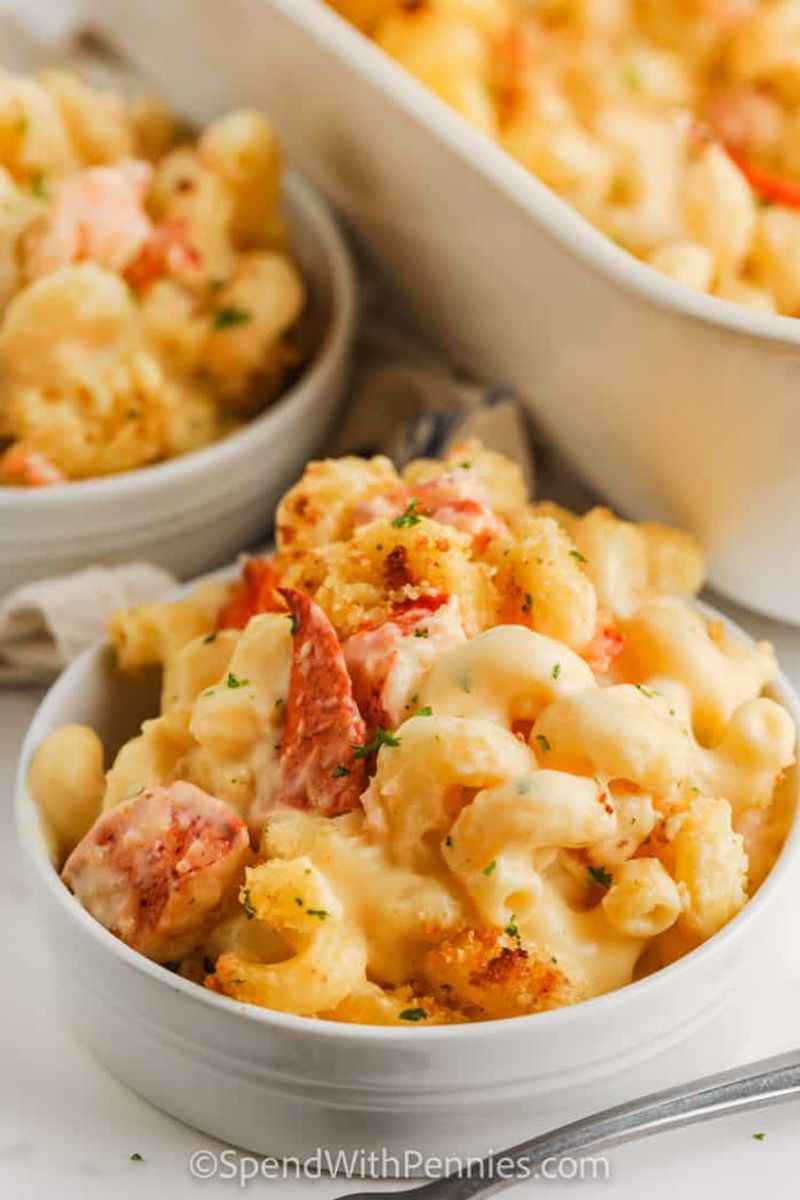
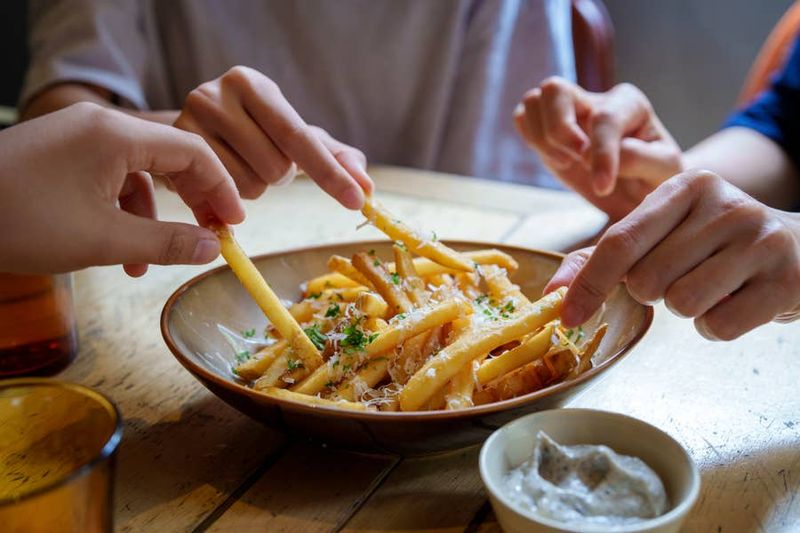
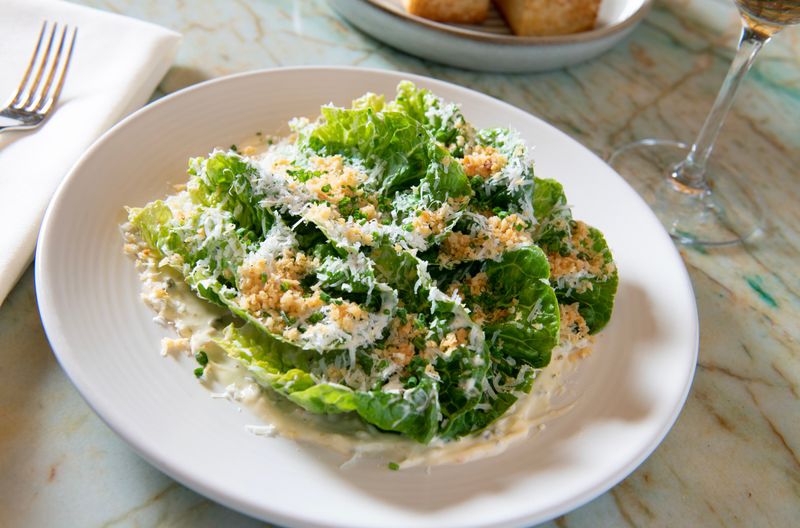
Leave a comment